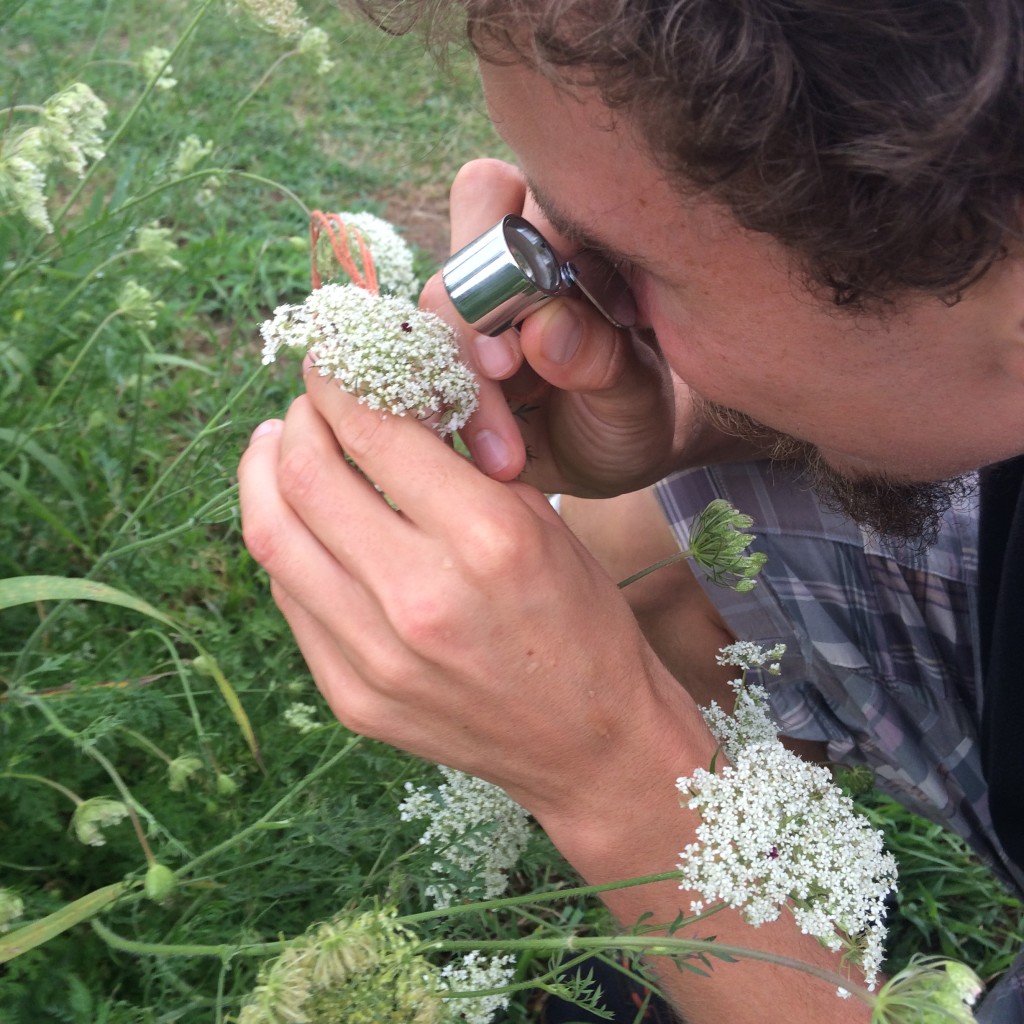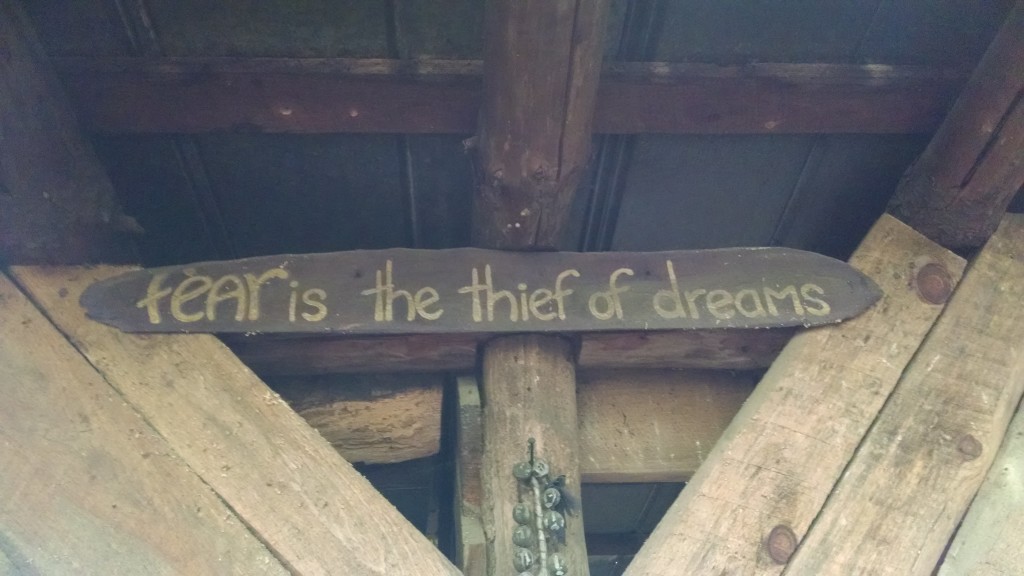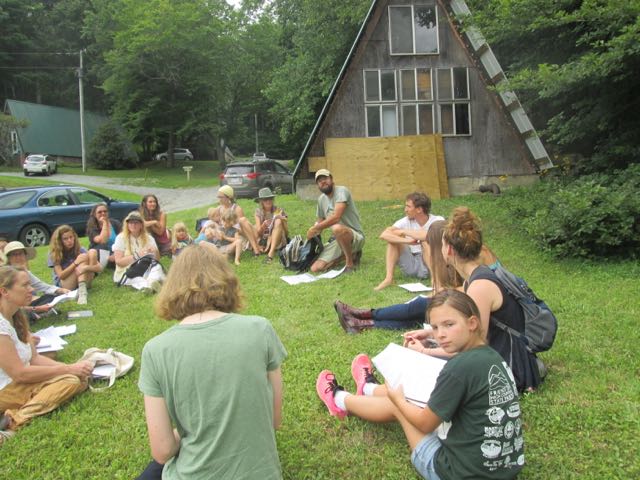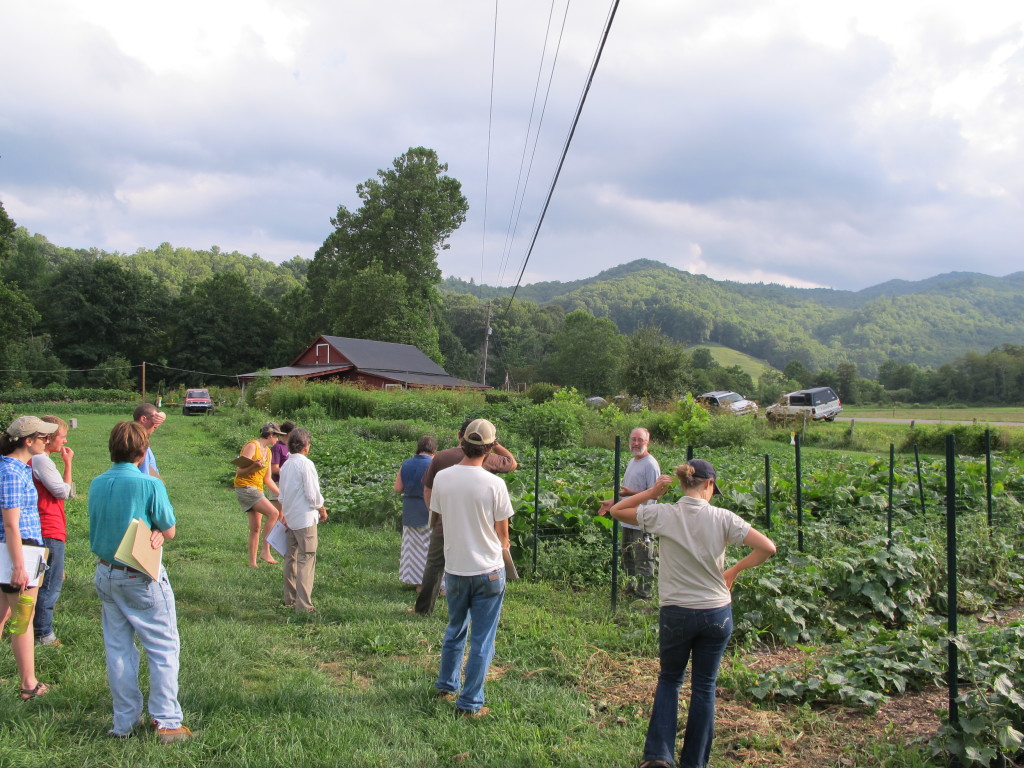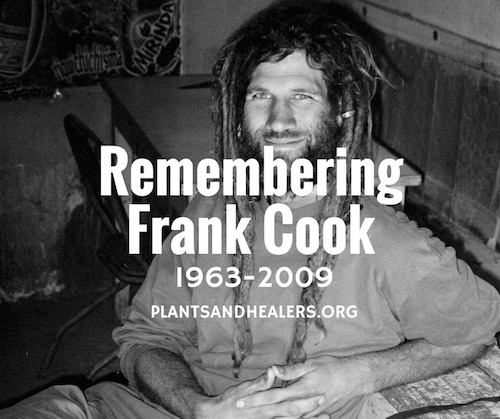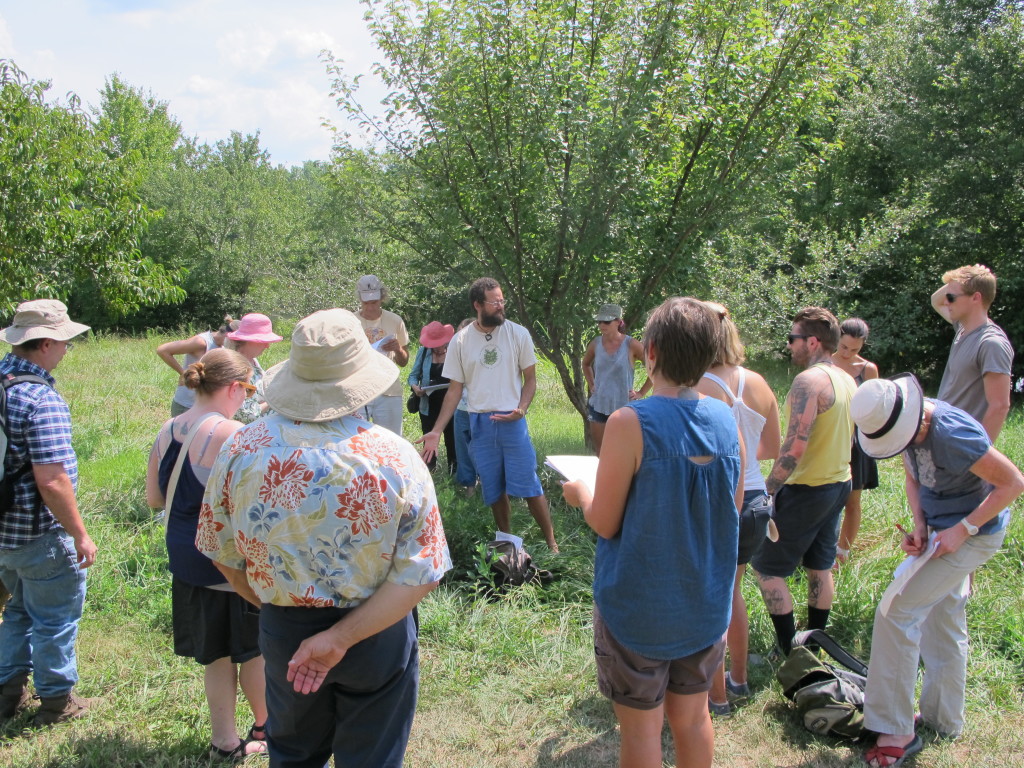
The weekend of August 14 found Marc and I at Pickard’s Mountain Eco-Institute, a teaching and retreat center in the Chapel Hill area. In addition to the teaching facilities and food production at Pickard’s Mountain, herbs are grown on the property for the Honeysuckle Tea House located at the entrance.
The morning after arriving, I headed over to the Sarah P. Duke Gardens at Duke University. It’s amazing how much easier it is to identify plants when there is a sign telling you what it is. I walked around the Garden of Native Plants noting various plants that could be grown for spices, nuts, food, and teas up through the northeastern United States as the signs gave the plants’ current range. The potential for diversifying farms and landscapes with edible and useful plants is seemingly limitless. I spent the end of my visit noting all of the fern species I could, as it is not often that such a collection is labeled in one place. This seemed fitting as The Garden of Native Plants was made in honor of Professor Hugo L. Blomquist, who literally wrote the book on ferns of the southeast. It was also special to spend time in the gardens where Frank Cook worked at the beginning of his plant journey.
